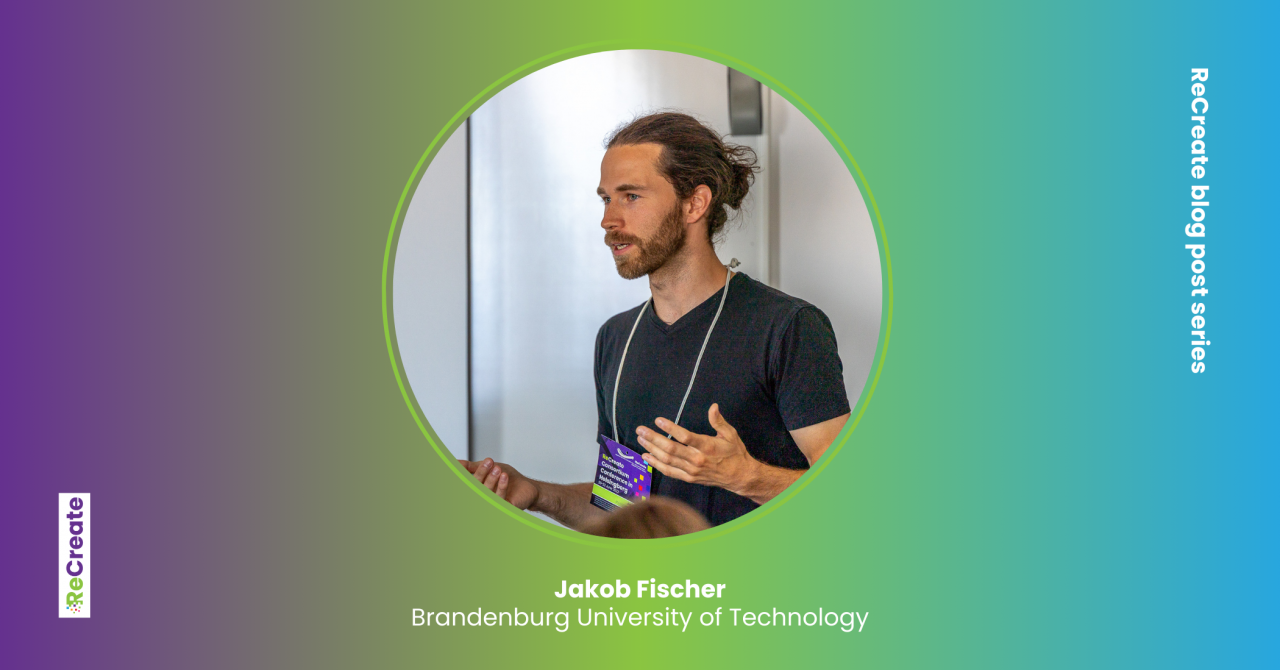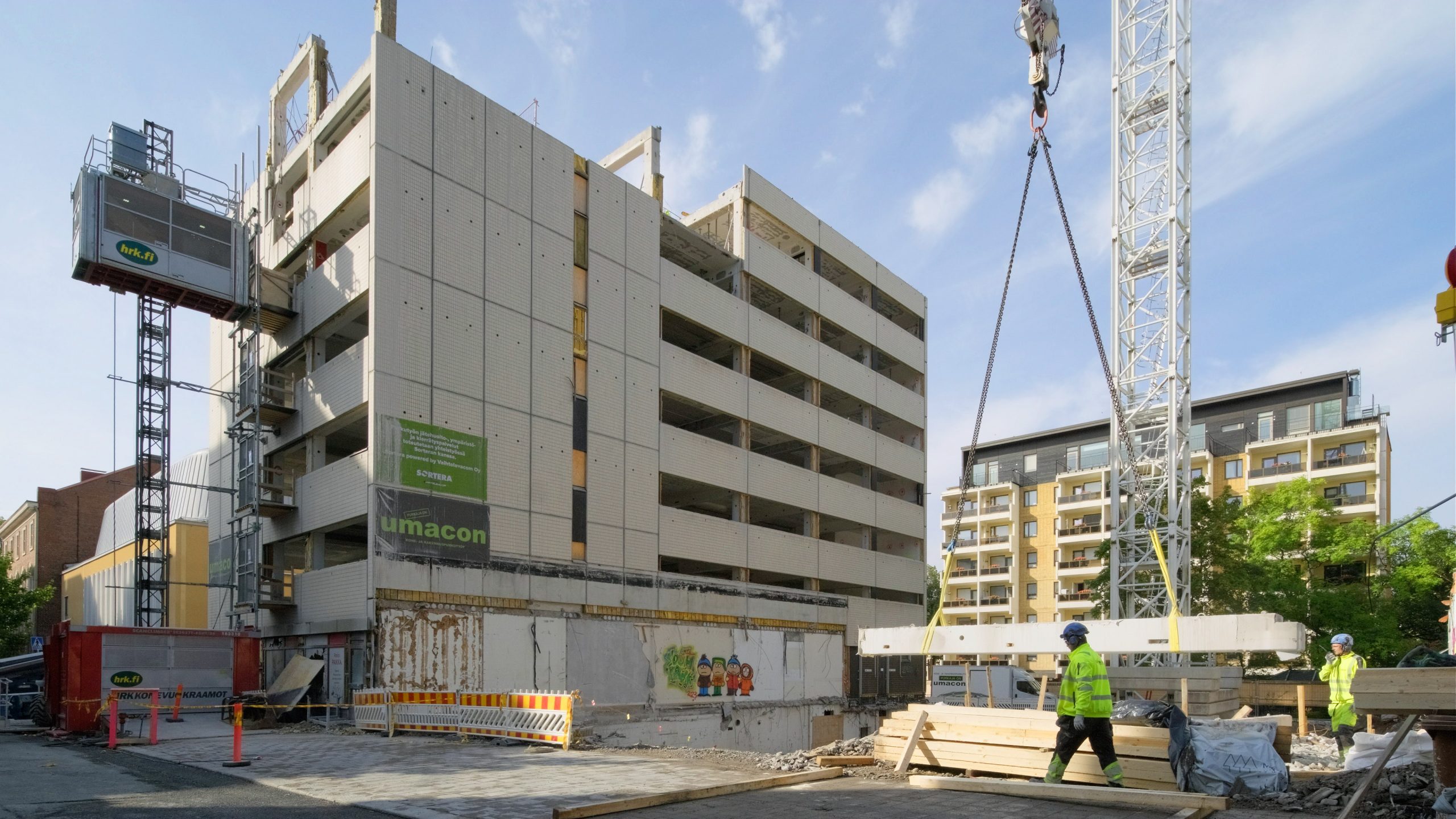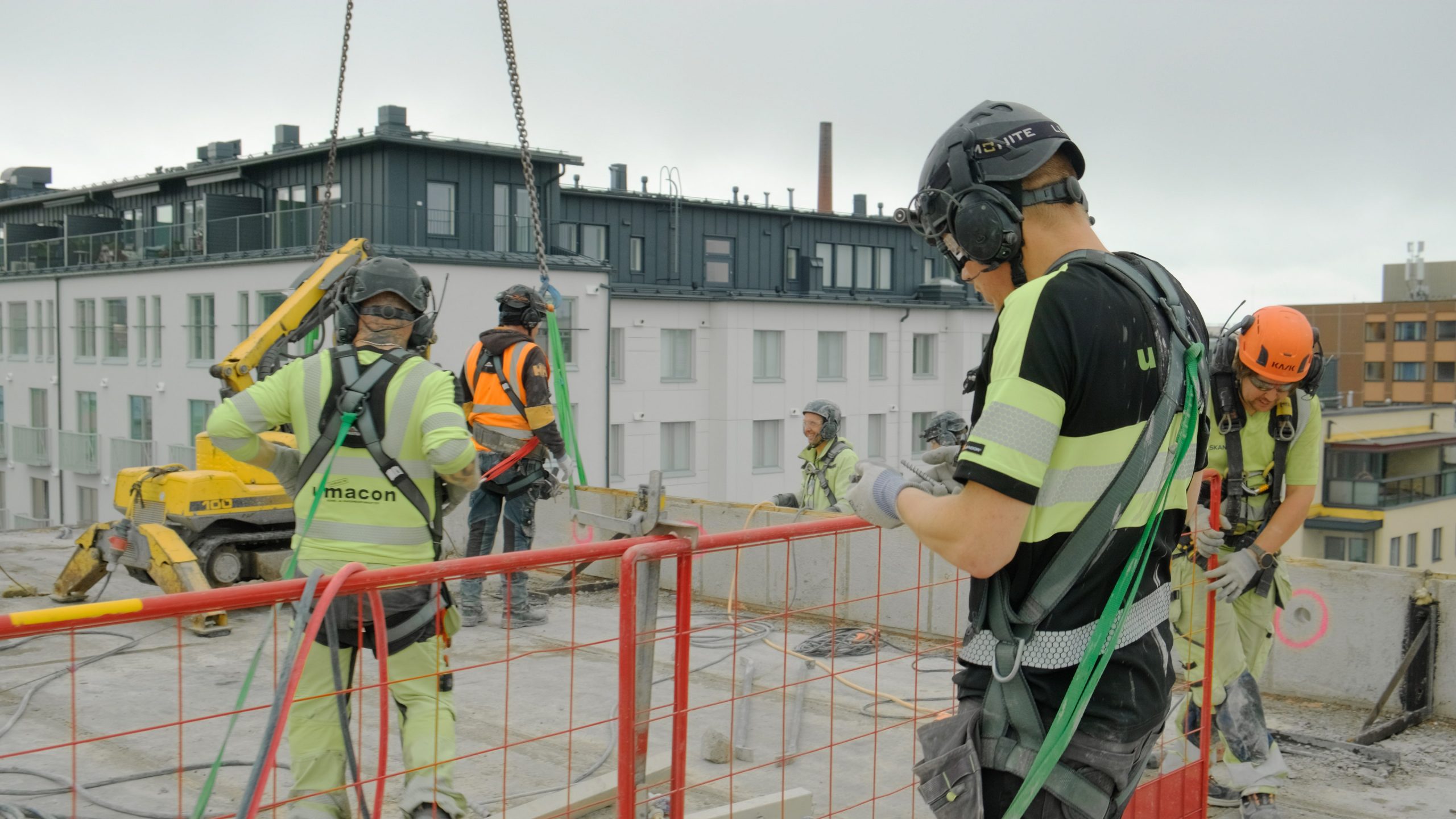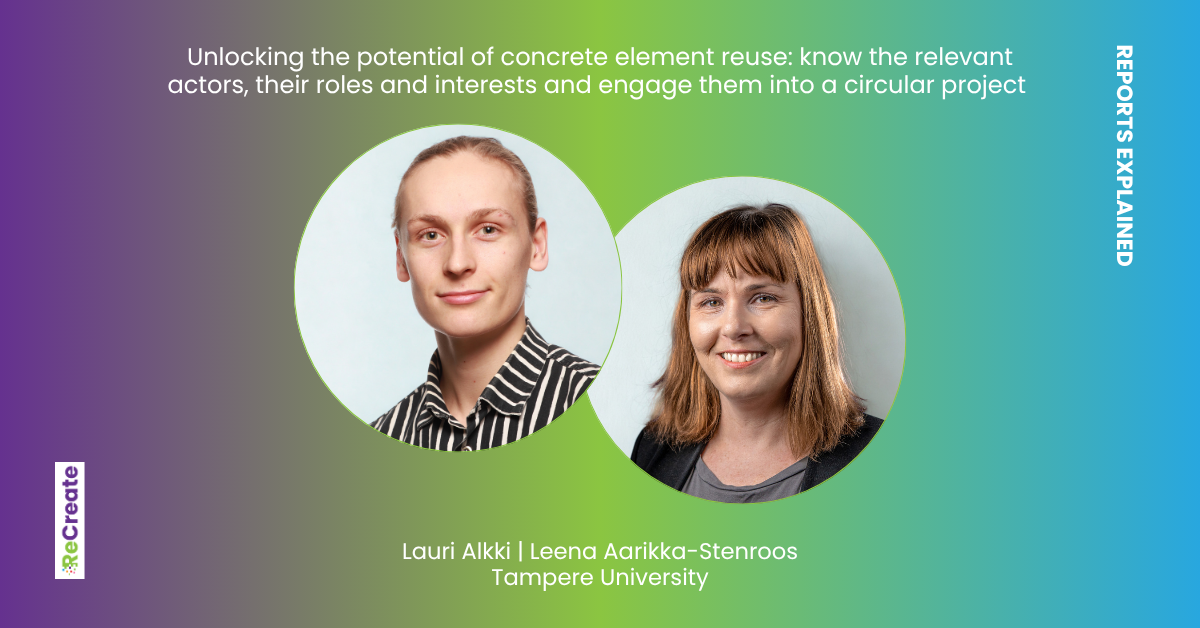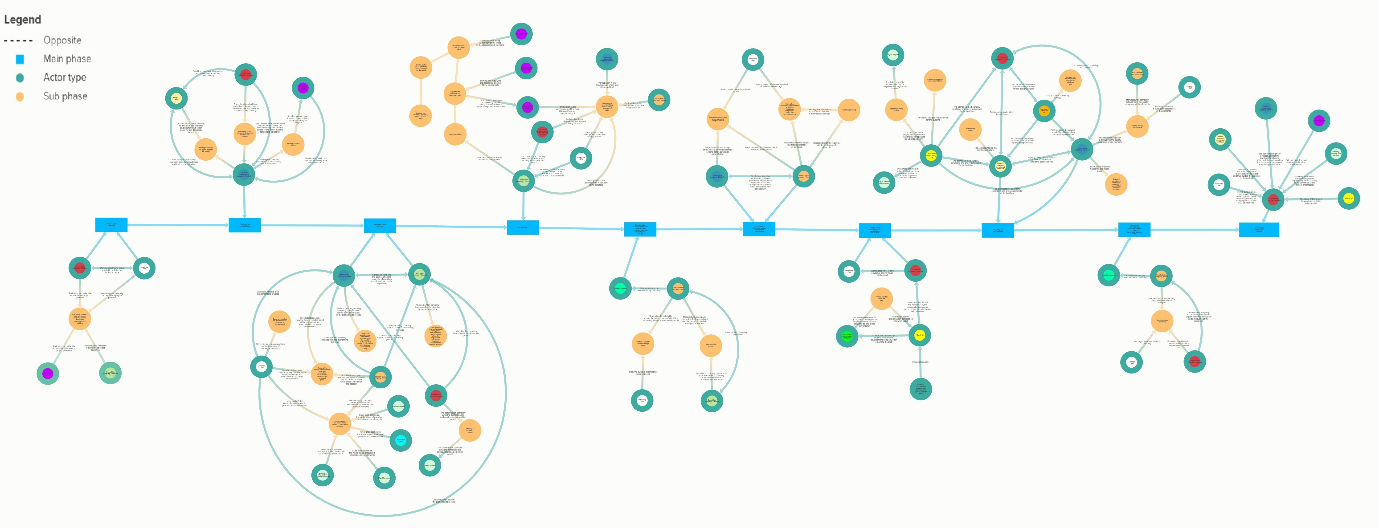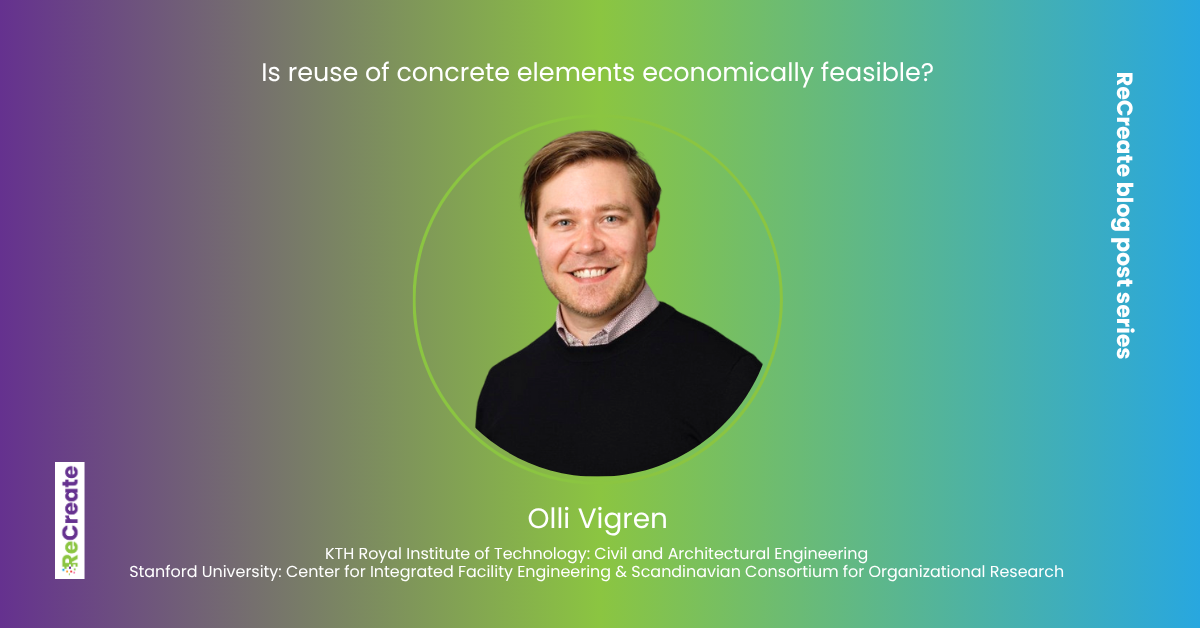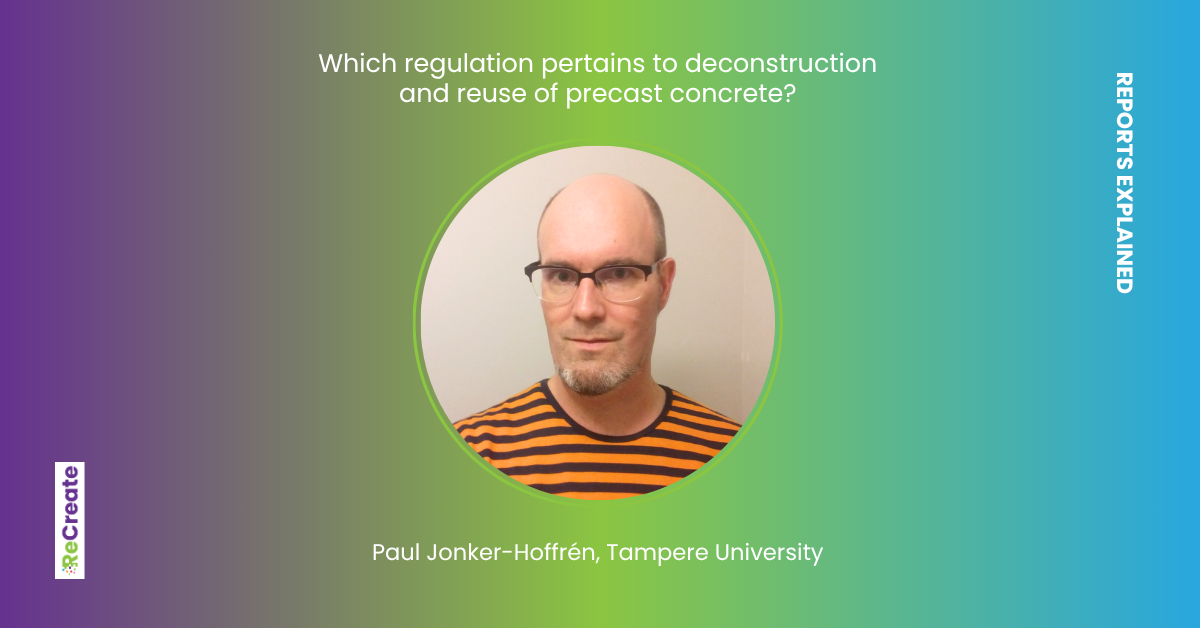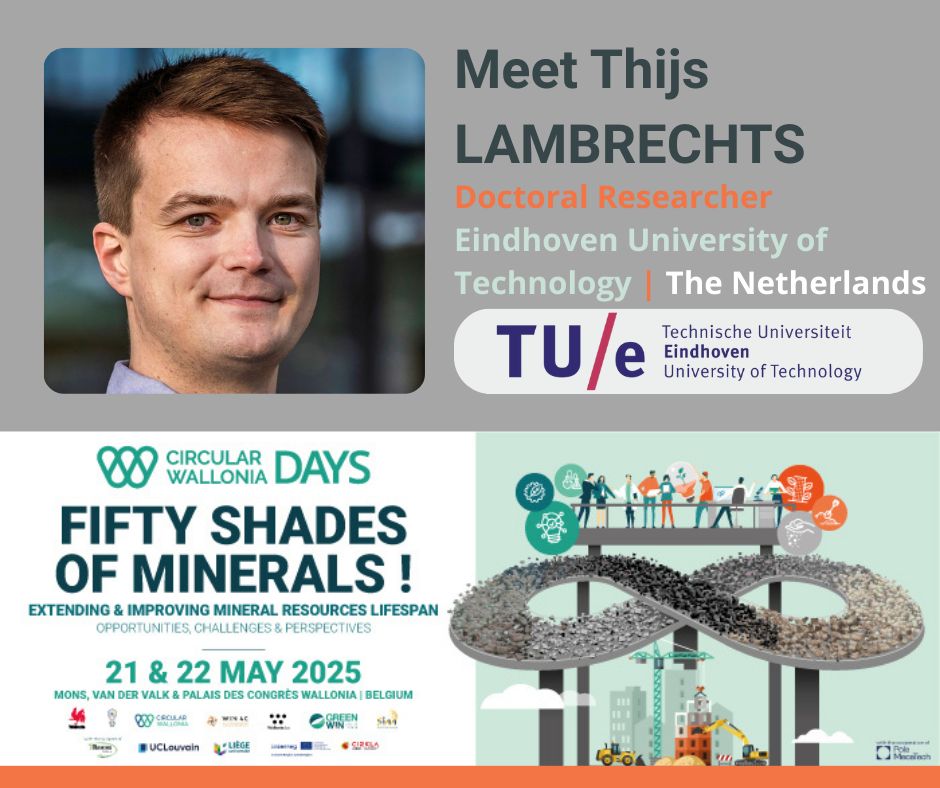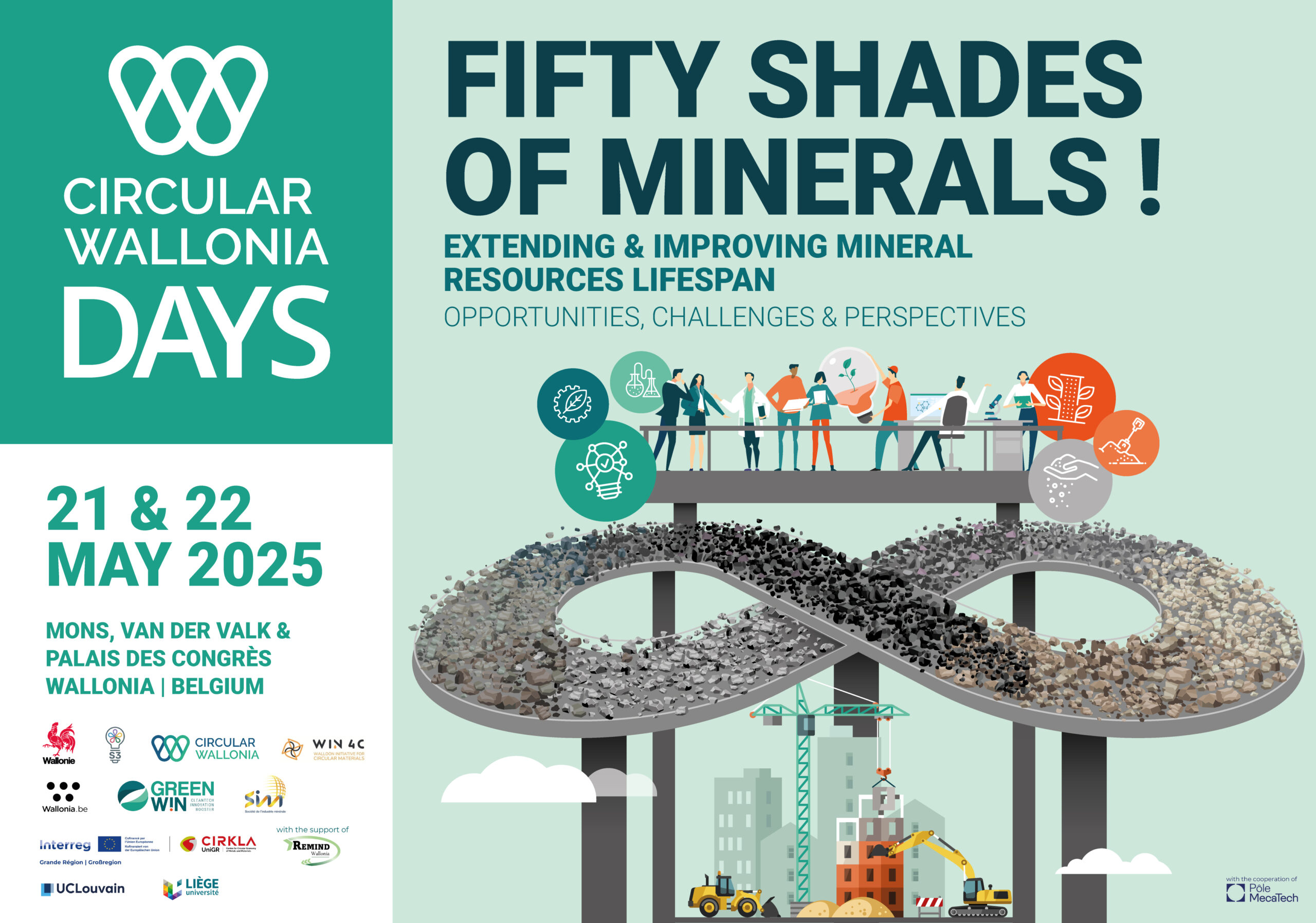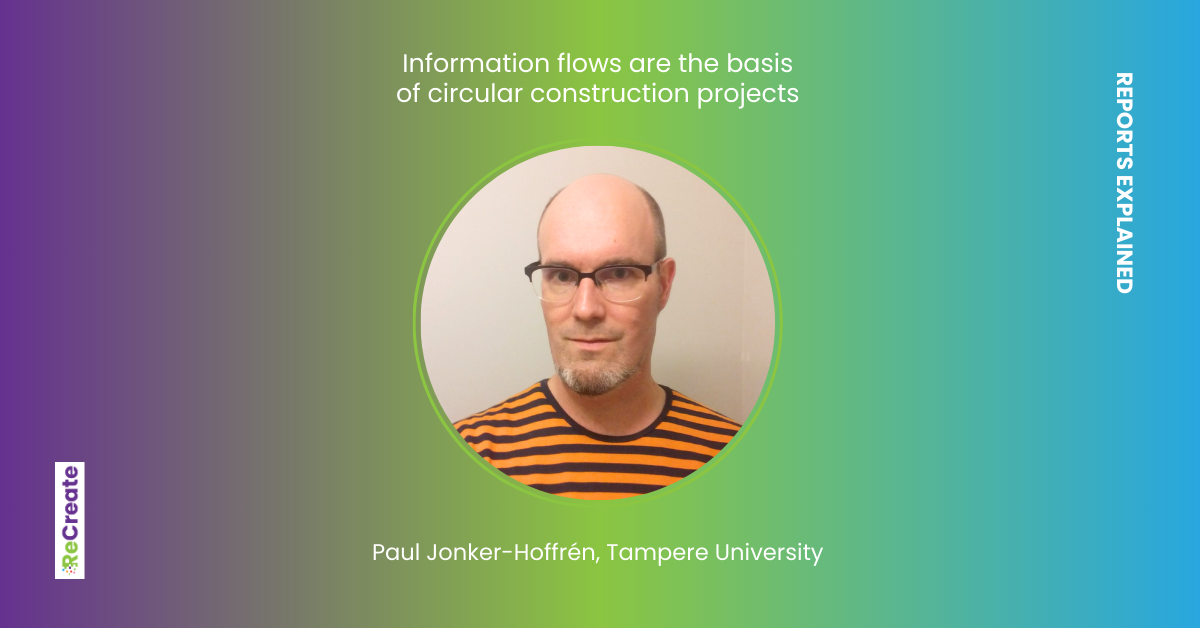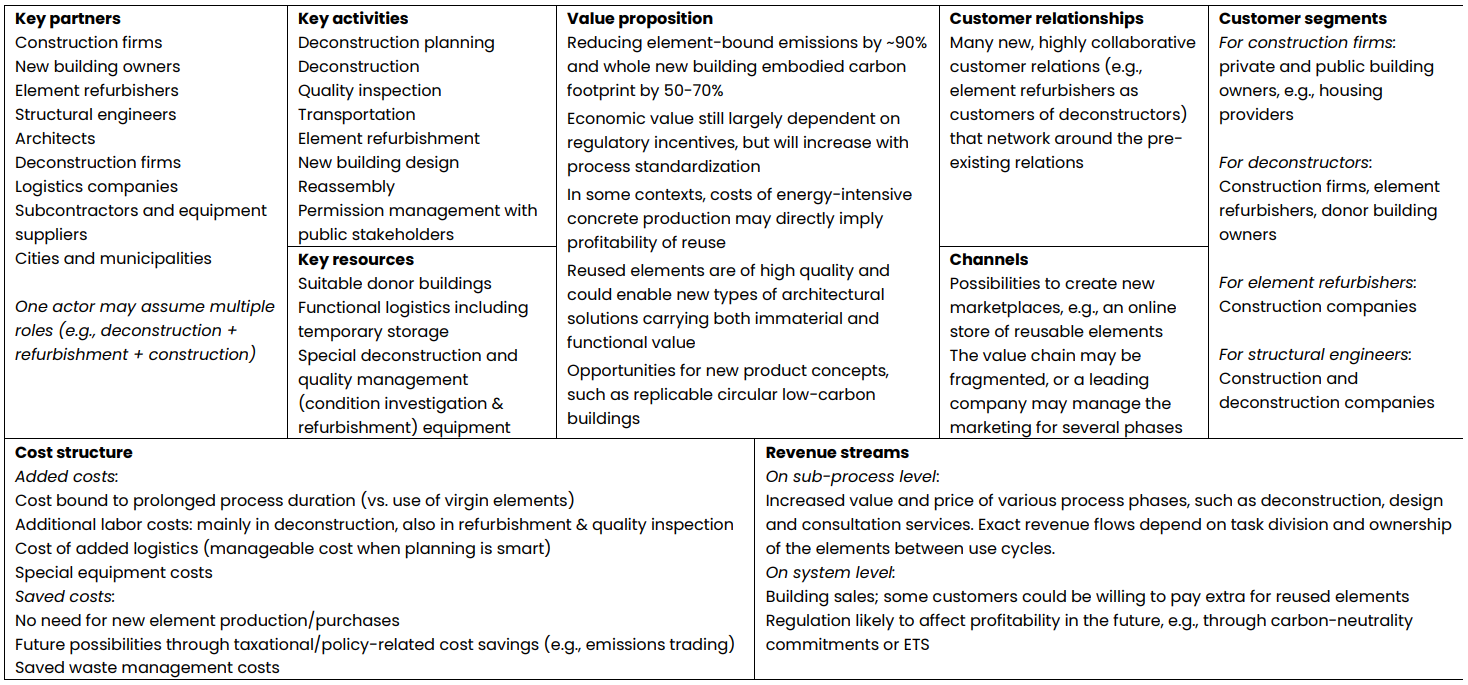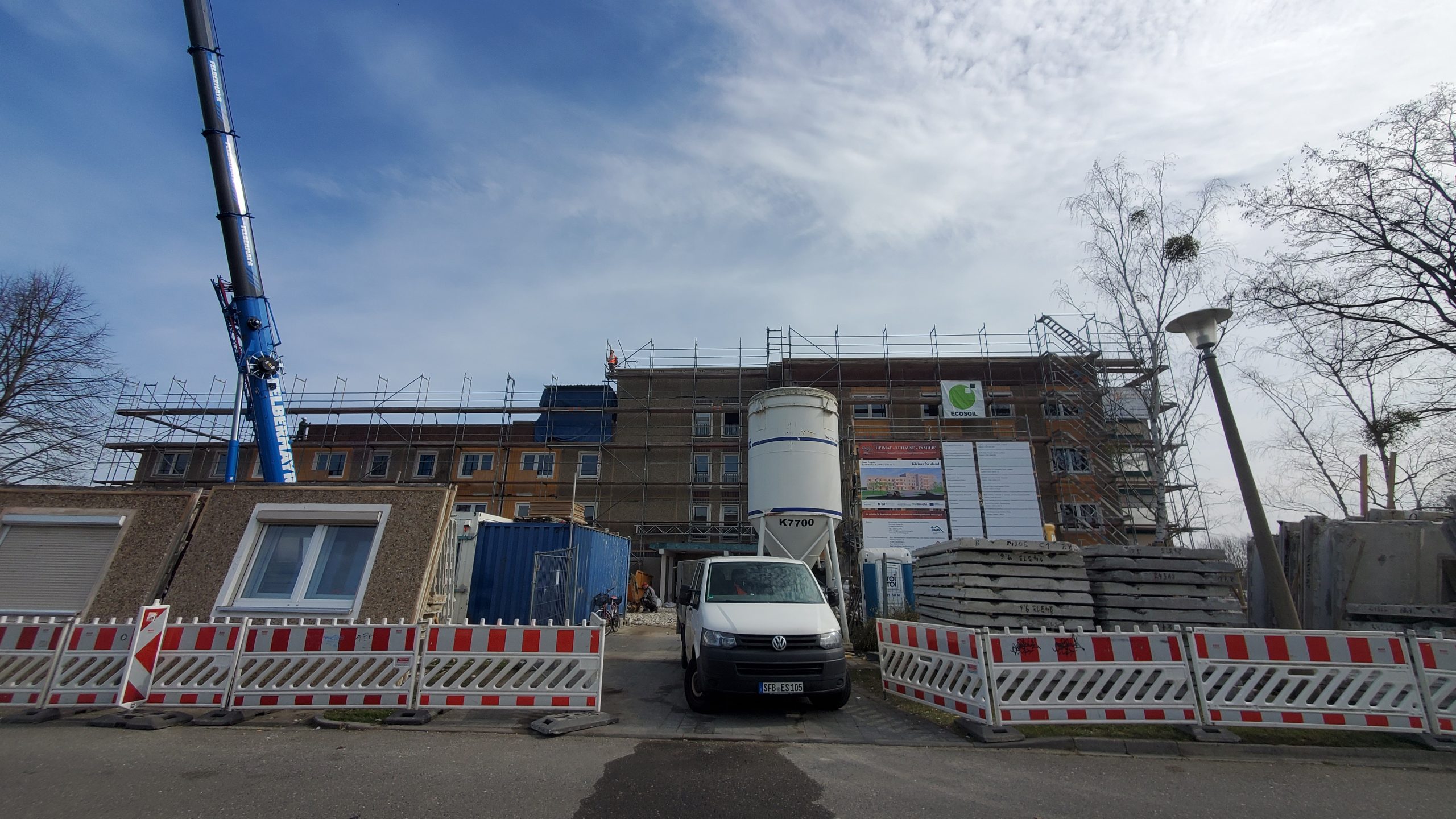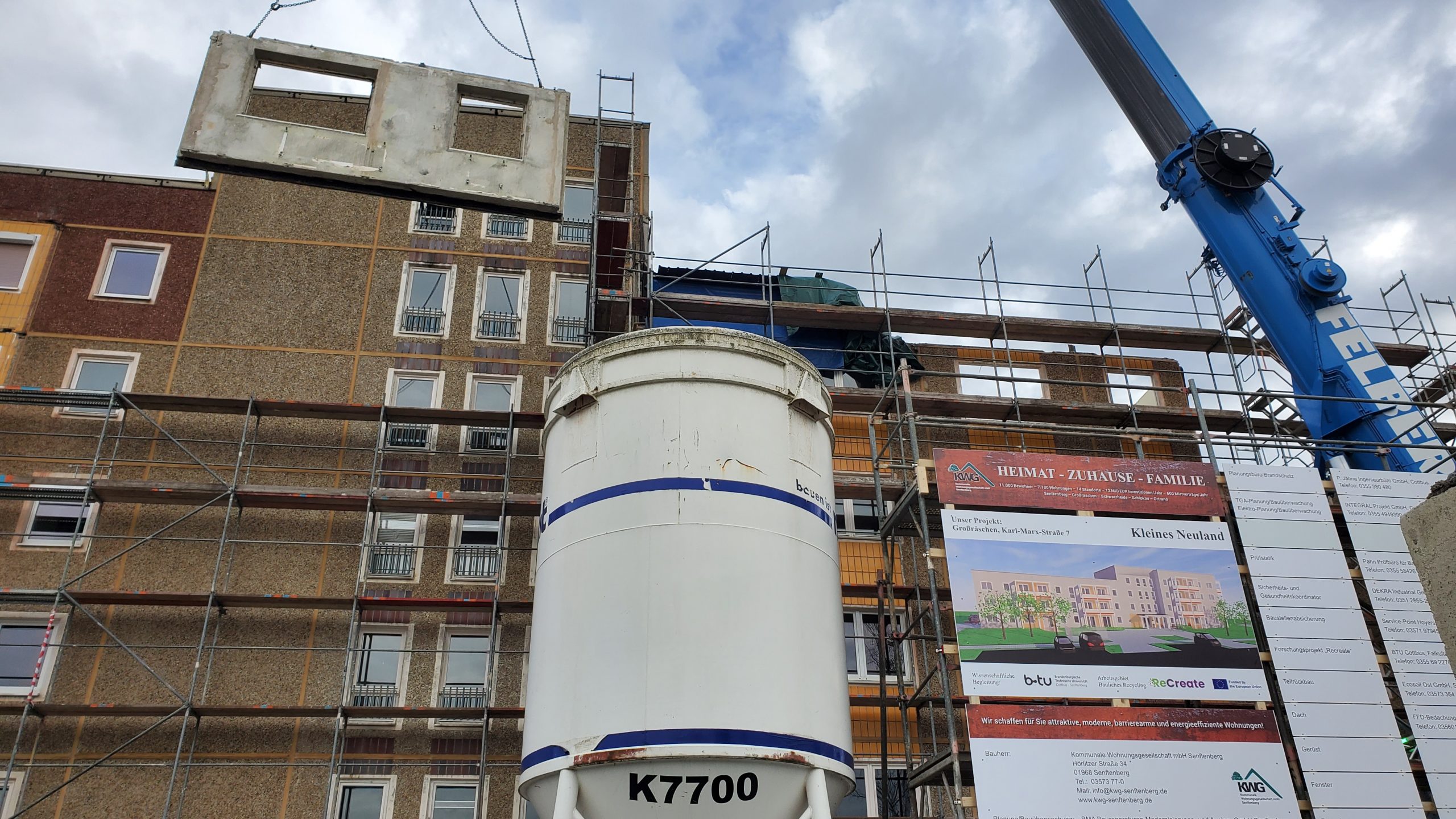Jakob Fischer, Brandenburg University of Technology
The pilot project ‘Youth Centre at Sternentor’ in Hohenmölsen is entering the next important phase of the Recreate project. The construction project with dismantled and reusable concrete elements, initiated by the mayor Andy Haugk (town of Hohenmölsen, state of Saxony-Anhalt), designed by architect Christoph Henschel and scientifically supervised and managed by project leader Prof. Angelika Mettke (Department of Structural Recycling, BTU Cottbus Senftenberg), was put out to tender EU-wide for the project planning.
This article is intended to show that a tender with reusable reinforced concrete elements does not differ significantly from business-as-usual tendering procedures. This is a very important finding for the acceptance and spread of reuse projects in the future.
Introduction
The overarching aim of ReCreate is to realise a pilot project in each of the four partner countries (Finland, Germany, Sweden and the Netherlands), i.e. a building made from dismantled and reused concrete elements. Tasks such as acquiring the donor building, analysing the used concrete elements, logistics and transport of the elements, as well as planning the pilot project are implemented in an interdisciplinary manner in the four countries by the respective industrial partners and the scientific teams at the respective universities. This article describes one of the final steps for the German pilot project, which ultimately leads to the realised construction project. This involves the invitation to tender for the realisation of all planning and construction services in accordance with HOAI (Honorarordnung für Architekten und Ingenieure; translation: “Schedule of Services and Fees for Architects and Engineers).
During the course of ReCreate, several pre-drafts and a final design for the Hohenmölsen youth centre have already been created. HOAI-service phases 1-9:
1. basic evaluation
2. preliminary planning
3. design planning
4. approval planning
5. implementation planning
6. preparation of award of contract
7. participation in the award of contract
8. project supervision – construction supervision and documentation
9. project management
Together with the first structural parameters and calculations, both HOAI-service phase 1 (basic evaluation) and HOAI-service phase 2 (preliminary planning), could be completed through the ReCreate project. Accordingly, the tender for construction and planning services only had to be considered from HOAI-service phase 3 (design planning) and upwards.
However, before the tendering and awarding of planning and construction services could take place, the town of Hohenmölsen had to guarantee the financing of the youth centre. Through intensive application processes, the required investment sum of around €2.81 million was reserved via the Just Transition Fund (New European Bauhaus programme) in March 2025. However, before the final funding decision is issued, the complete design planning (service phase 3) must be submitted and it must be ensured that the entire construction project can be completed by mid-2027.
The funds from the ReCreate budget are not released as direct investments for the construction of the pilot projects; only construction and planning services that can be directly and exclusively justified by the additional costs of reuse could be financed via ReCreate.
Tender preparation
Once the funding through the JFT had been reserved, the law firm DAGEFÖRDE was commissioned to draw up the necessary tender documents in consultation with the town of Hohenmölsen and prepare them so that they could be published via an official tender platform (in this case: TED). Publication took place on 19th June 2025 and was open to the public for 4 weeks until 18th July 2025. The services were awarded as an EU-wide negotiated procedure with a call for competition in accordance with Section 119 (5) of the Act against Restraints of Competition (GWB – Gesetz gegen Wettbewerbsbeschränkungen) and Section 17 of the Public Procurement Ordinance (VgV – Vergabeverordnung).
The contents and special features of the tender documents – consisting of parts A to D – are described below with regard to reuse aspects. Episode 1 of this blog series explains the procedural conditions (Part A). The specifications (Part B) and the catalogue of questions for bidders in the tender documents will follow in Part 2.
Part A – Procedural Conditions
Part B – Project Specifications
Part C – Architects and engineer contract – Object planning services
Part D – Application for participation
Procedural Conditions (Part A)
Part A of the tender documents contains, among other things, information about the parties involved in the award process, general framework conditions, the procedure, as well as requirements and eligibility criteria for the participants in the competition. In the case of more than four participants, eligibility and Selection criteria were formulated, which will be explained in more detail later. If the participants fulfil the eligibility criteria, they are invited to submit offers and become bidders.
As mentioned at the beginning, the tender documents were available for public inspection and download for four weeks. In the first 21 days after publication, participants were able to submit objections, questions or even complaints regarding the content or form of the tender documents in the event of ambiguities or contradictions. This option was used several times and is included in the second part of this blog under ‘Bidder question catalogue’.
The award procedure described here is a so-called 2-stage award procedure. This means that there is first a phase with a public competition (the 4 weeks mentioned above) and then a bidding phase.
In the first phase, no tenders are submitted, only the Proof of Suitability (see next section). In the second phase, suitable participants and a maximum of four participants are invited by the procurer (City of Hohenmölsen) to submit an initial bid. If more than four participants have expressed an interest in the competition and fulfil the eligibility criteria, only the four participants with the highest scores will be invited to submit an initial bid in accordance with the selection criteria (see below). After submission of the initial bid, the city will invite the bidders to so-called bidder meetings (scheduled for week 36 this year).
Suitability Criteria
The seven suitability criteria to be established and fulfilled by the company or the bidding consortium comprise so-called self-declarations, two of which have been assigned with minimum requirements (*):
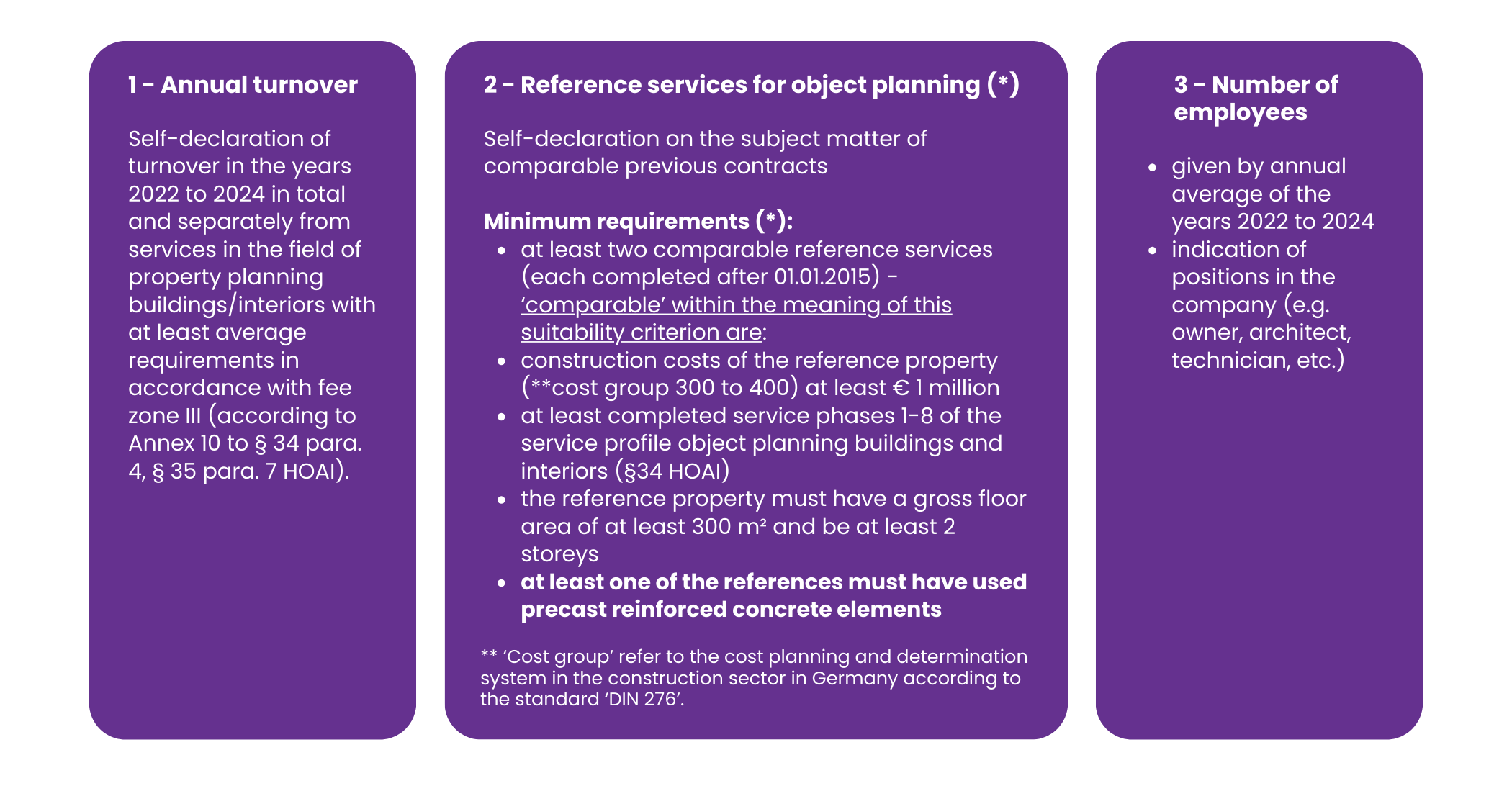
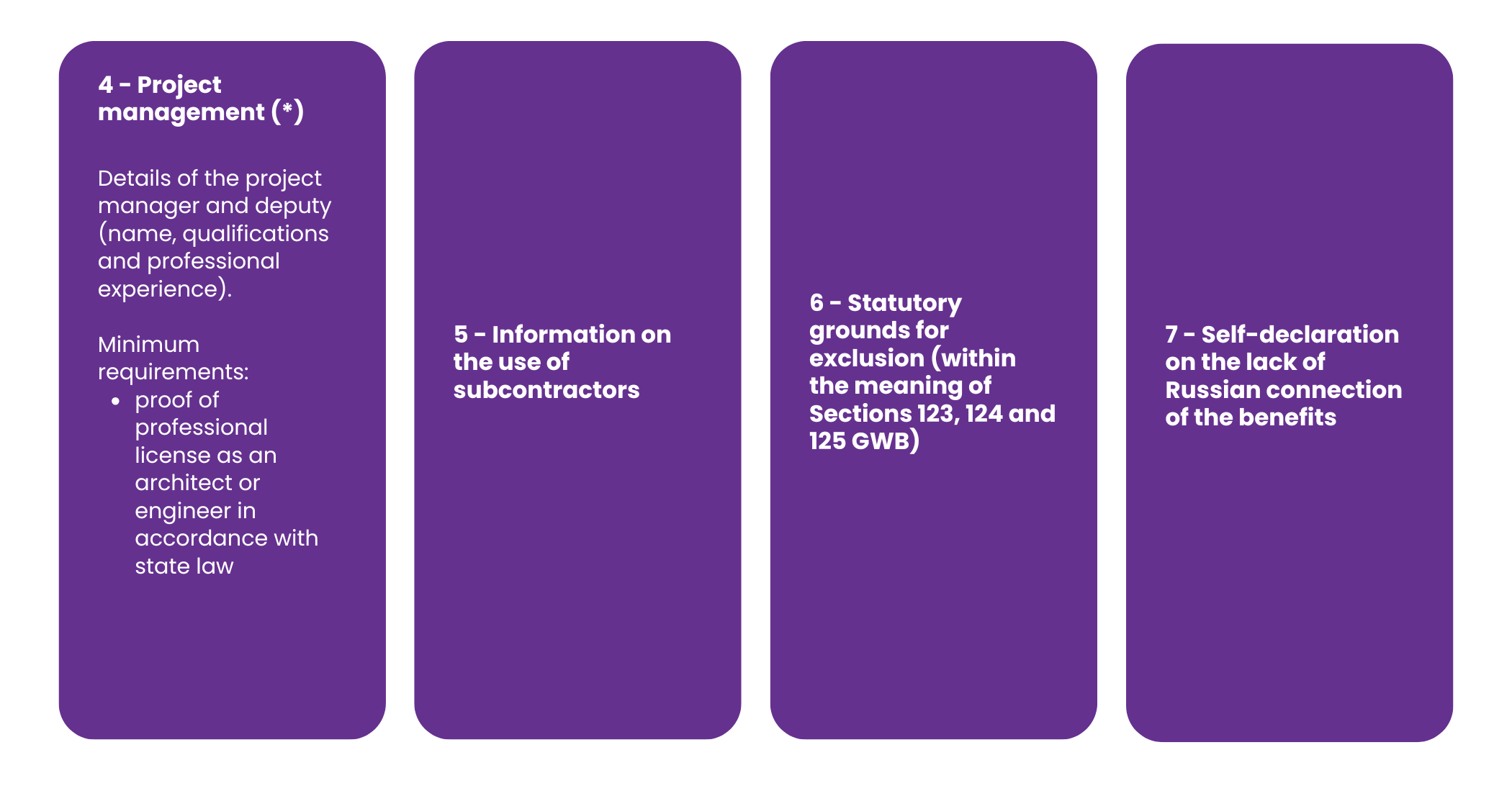
At this point, it is important to mention that only the planning with precast reinforced concrete elements had to be carried out for the suitability for the object planning, but not the reuse of these. However, reuse becomes relevant in the next step if more than four participants are selected.
Selection Criteria
If participants can fulfil the seven self-declarations including the two minimum requirements, they move on to the next round, the bidding phase. However, if more than four bidders have taken part and fulfil the suitability criteria, a selection procedure follows in which a maximum of 1000 points can be achieved. These are calculated by adding up the following four selection criteria:
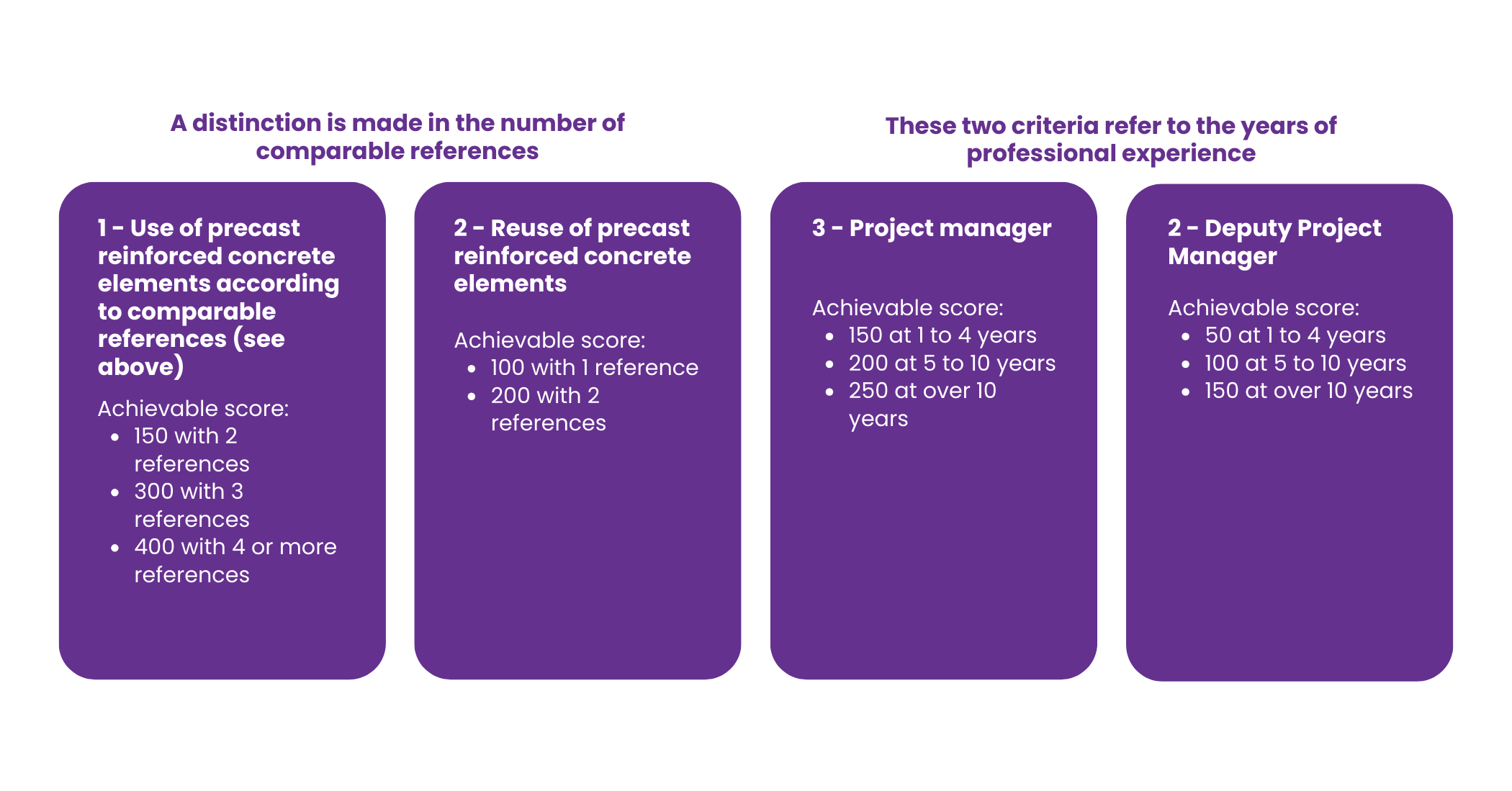
The term ‘reuse’ mentioned under the selection criterion is defined in the tender documents as follows:
“ ’Reuse’ means the utilisation of dismantled precast reinforced concrete elements from a donor building for the construction of another/new building.”
This definition and mentioning of the term ‘reuse’ in the tender documents is of great importance, as it avoids ambiguities and subsequent misunderstandings even before participation or submission of a tender.
The scores resulting from the eligibility and selection criteria determine whether the four participants with the highest total score are invited to submit an initial bid. The participants now become bidders.
As soon as the four bidders have submitted their initial offer, the so-called bidder interviews take place. Bidders can still be excluded at this stage. Once the bidder interviews have been completed, the bidders still in the competition are asked to submit a final offer. These offers undergo a final evaluation in accordance with the published award criteria. In the end, one bidder becomes the contractor and is awarded the contract to provide the building services for the ‘New construction of the Sternentor youth and leisure centre’ project. The Architect and engineer contract for object planning services (Part C) can therefore be signed.
As soon as this decision has been made (probably at the beginning/mid-October 2025), this blog series will be continued here on our homepage. Episode 2 will be published in the early Autumn with the specifications and the catalogue of bidder questions.

